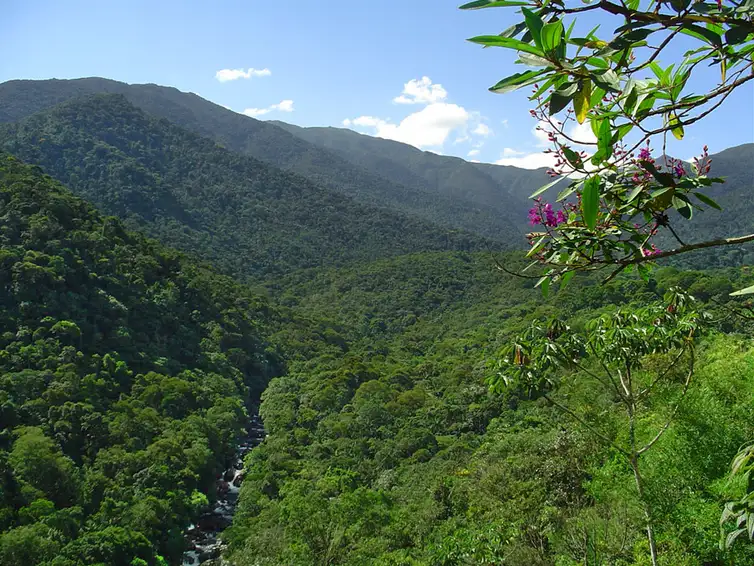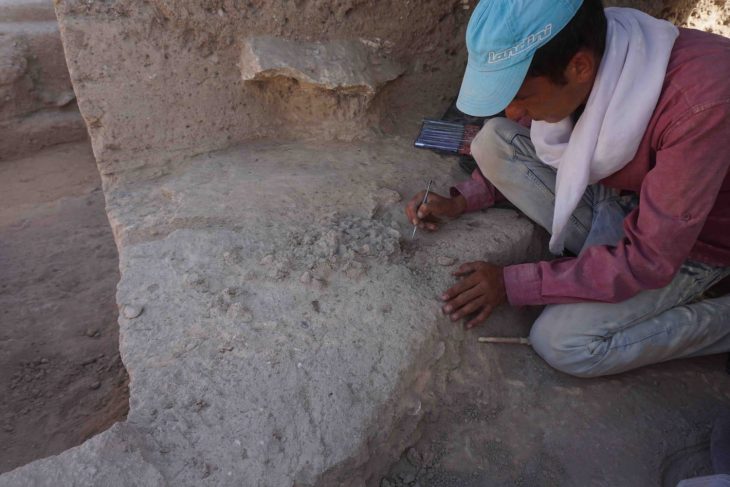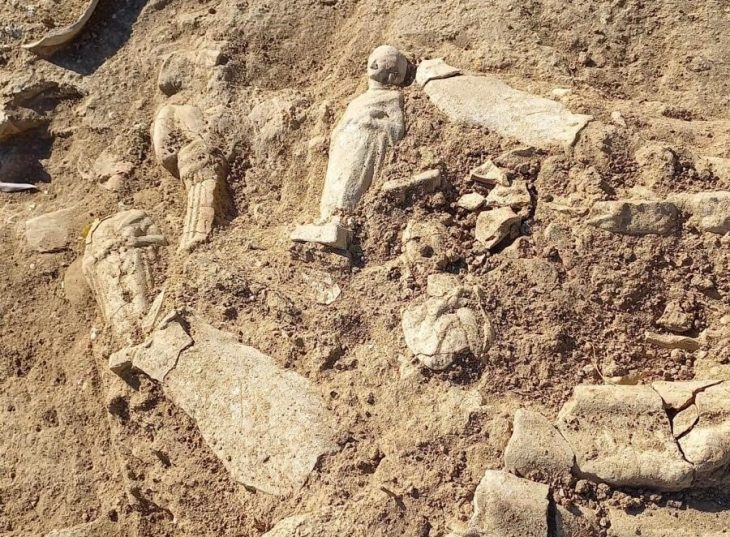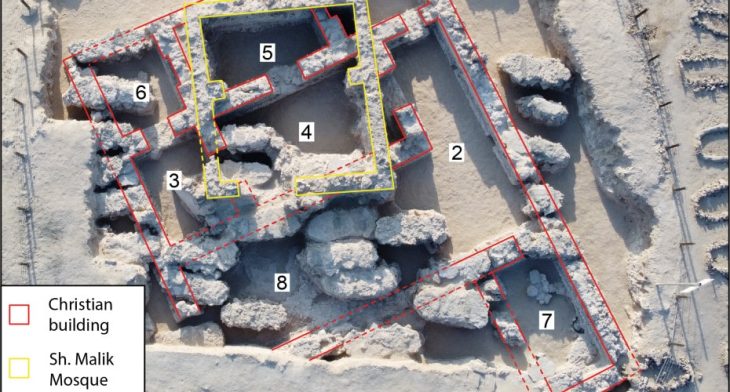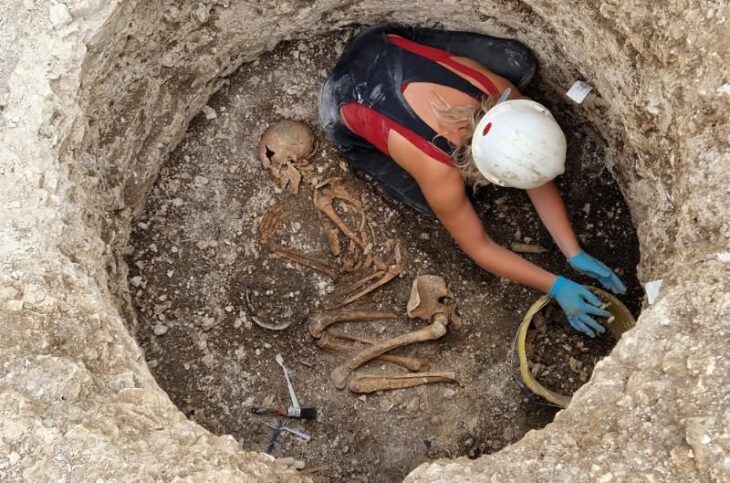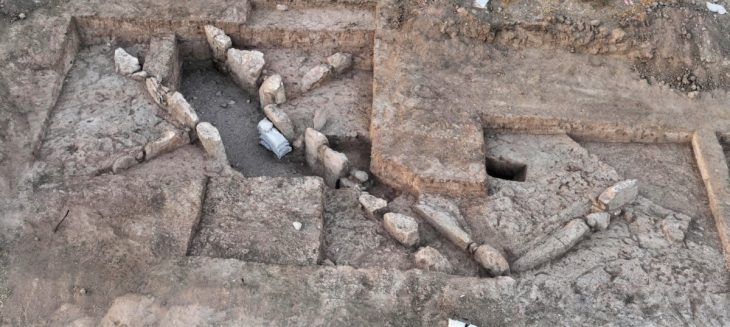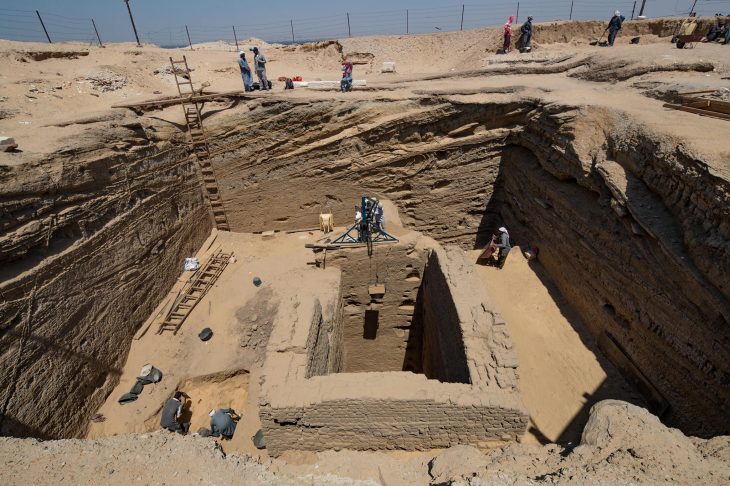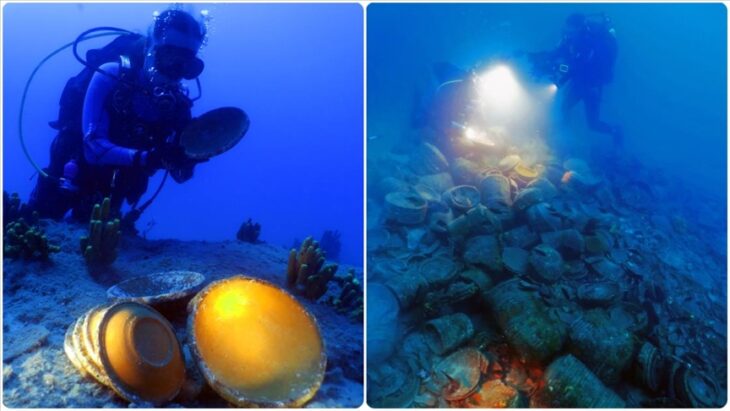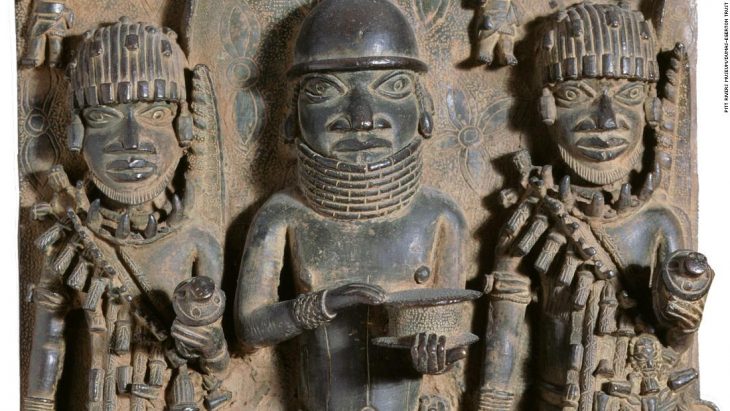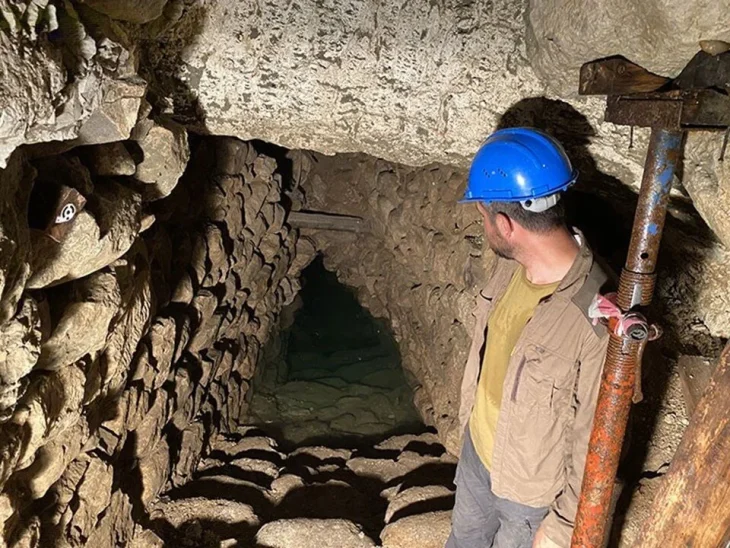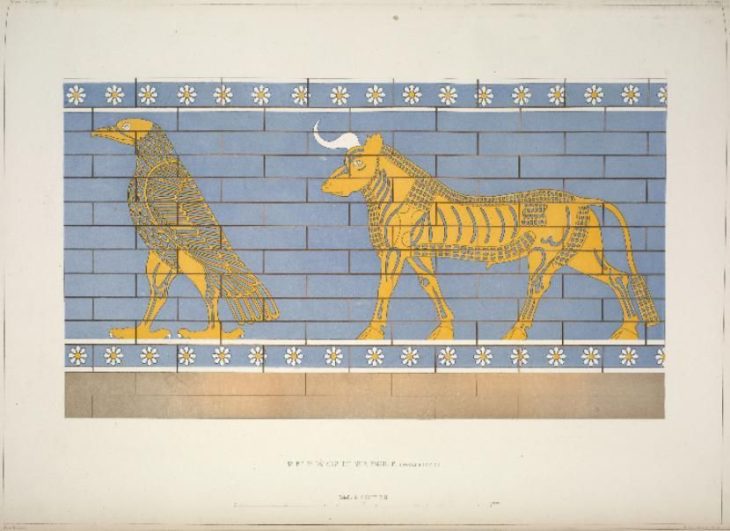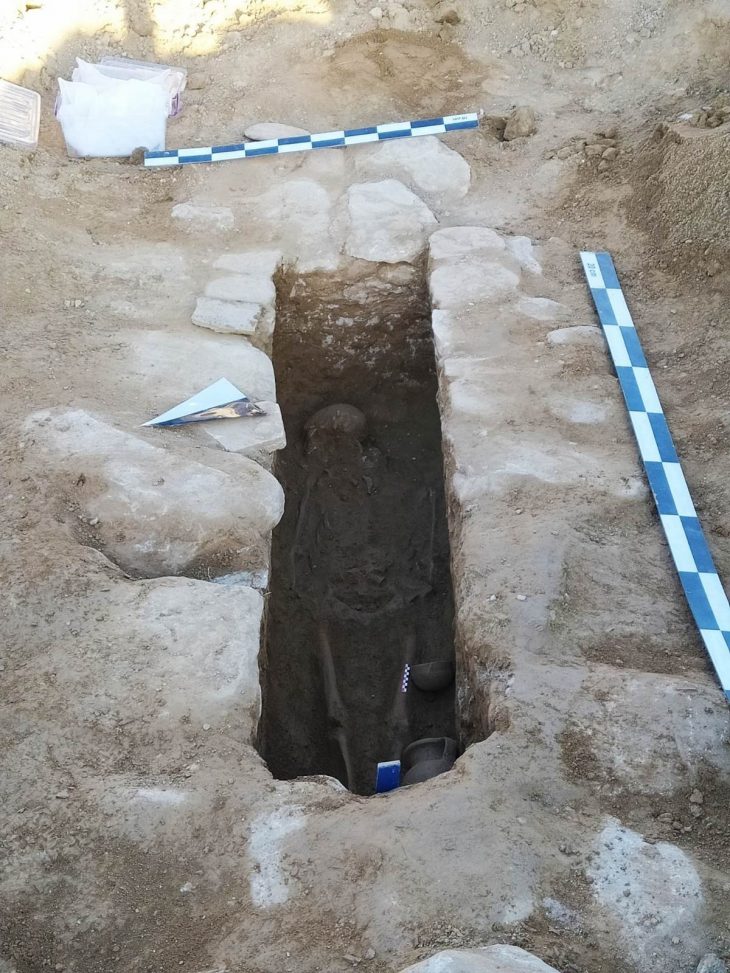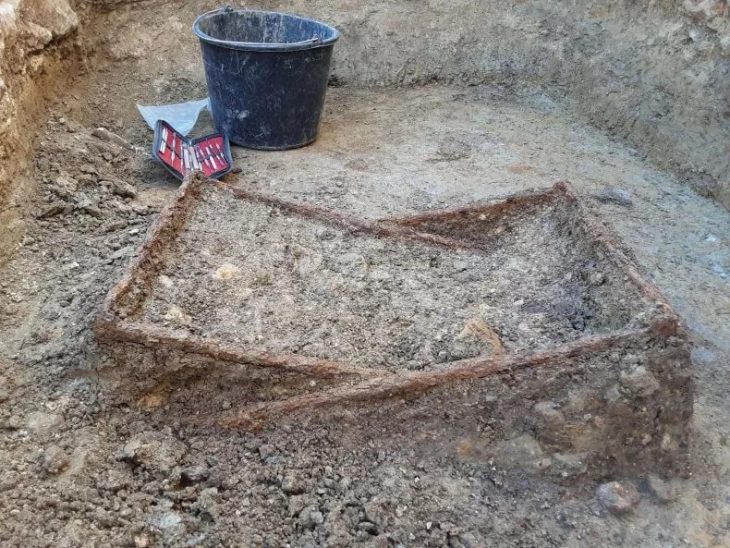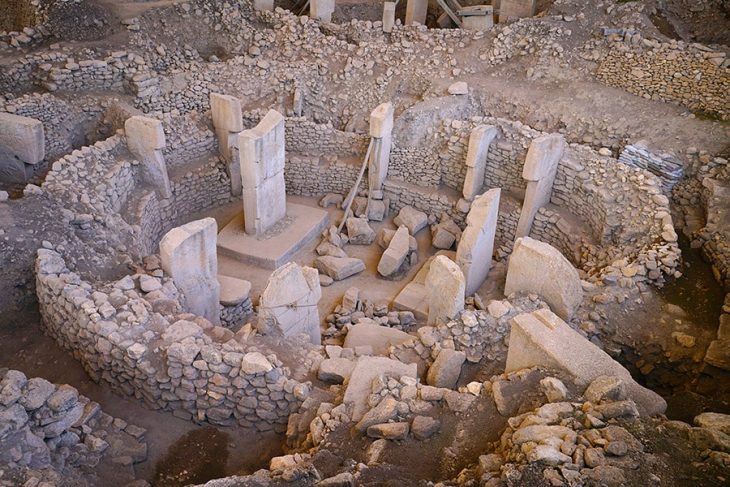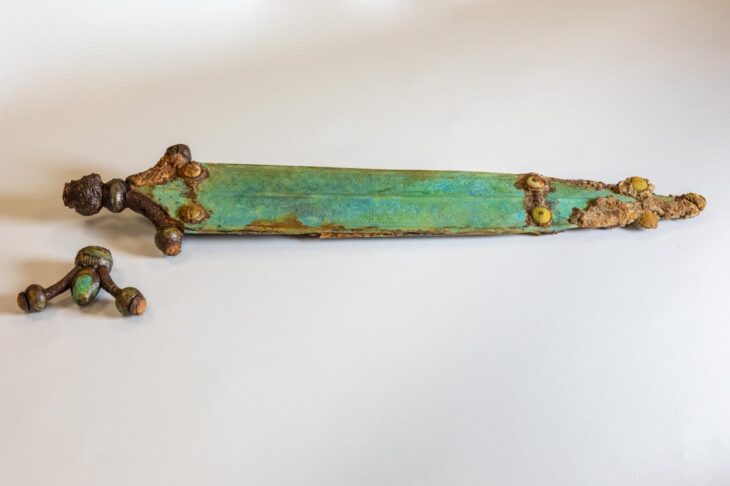In a stunning revelation, a dedicated team of researchers from the National Museum, in collaboration with the Federal University of Rio de Janeiro, the State University of Rio de Janeiro, and Itatiaia National Park, has embarked on an extraordinary journey to explore newly discovered cave paintings hidden within the majestic Serra da Mantiqueira. This breathtaking region, straddling the borders of Rio de Janeiro and Minas Gerais, has long been a site of natural beauty, but now it holds secrets of ancient human expression waiting to be uncovered.
The researchers aim to delve into the mysteries surrounding these remarkable artworks, seeking to determine their age and origins. As they embark on this quest, they are not only uncovering the artistry of a bygone era but also piecing together the story of the people who once inhabited this land. With each stroke of paint, they hope to illuminate a past that has remained shrouded in mystery for millennia.
MaDu Gaspar, a professor in the Archaeology Program at the National Museum, spoke with Agência Brasil about the group’s broader objective of uncovering additional evidence of past human activity in the surrounding landscape. “Regions with shelters and caves featuring rock art are rarely isolated sites. We are committed to exploring this area while also familiarizing ourselves with the landscape—considering routes, paths, and available resources. This is just the beginning of our research. We are revealing a reality that was previously unknown to us, and there is still a long journey ahead,” she stated.
Although the paintings were discovered in 2023, the findings were kept under wraps until recently to allow the park to prepare and restrict visitor access to the site, which is part of a popular hiking trail. One of the initial steps taken was to inform the National Historical and Artistic Heritage Institute (IPHAN). “Archaeological sites are overseen by IPHAN, and all activities—even those carried out by archaeologists—must be authorized by the institute. They are monitoring the site closely to ensure this archaeological discovery receives the attention it deserves,” Gaspar explained.
The preservation of the site is currently the top priority. To aid in this effort, surveillance cameras have been installed, and an awareness campaign has been launched for the park’s staff and management. One of the pressing questions researchers aim to answer is the timeline of the paintings’ creation—a mystery that will unfold as studies progress. “We’re considering the possibility that they date back 2,000 to 3,000 years, but the research is still in its early stages,” Gaspar noted, adding that the team has already found compelling evidence of ancient hunters inhabiting the area.
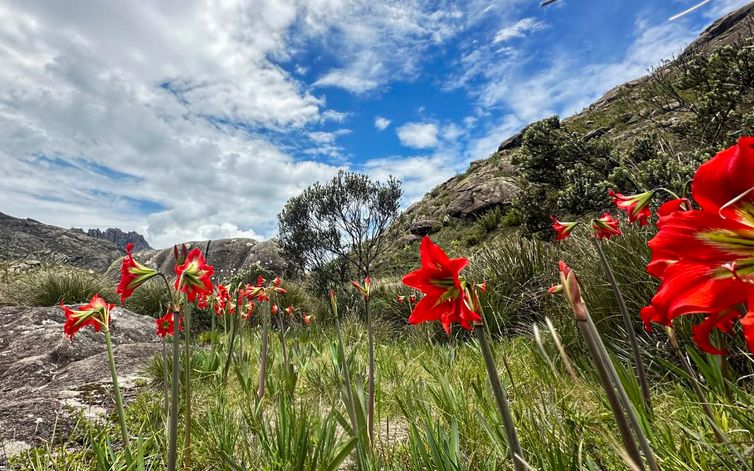
A Chance Encounter
The remarkable paintings were serendipitously discovered by Andres Conquista, the operational supervisor of the upper region of Itatiaia National Park. Recognized as Brazil’s first national park, Itatiaia is managed by Parque Tur, which oversees public access to the conservation area. Conquista stumbled upon the cave during a climbing expedition, initially captivated by a cluster of over 15 blooming red lilies. As he approached to photograph the flowers, an oddly shaped rock piqued his curiosity. Upon entering the cave, he was astonished to find the ancient paintings.
“My first reaction was concern. I had never seen a cave painting before, so I didn’t know what it was. At first, I thought it might be graffiti left by tourists,” he recounted to Agência Brasil. “But a few seconds later, I noticed there were no names or dates. That’s when I realized it could be something very old. I took photos and shared them with the ICMBio staff.” Conquista was present when the research team visited the site for the first time to examine the paintings, a moment he described as exhilarating.
Professor Gaspar emphasized the significance of this discovery, noting that Rio de Janeiro has long been a center for archaeological research since the Imperial era, leading many to believe the state had been thoroughly explored. “We were surprised to come across an entirely new site. It’s not that similar sites don’t exist—they do, in places like Minas Gerais—but nothing like this had ever been found in Rio de Janeiro,” she remarked. “And it’s not hidden away at the top of a peak where only a few mountaineers go. It’s in an accessible area. How had no one seen it before? I’ve hiked there myself,” she added.
Anderson Marques Garcia, a professor in the Department of Archaeology at Rio de Janeiro State University, highlighted that archaeological research in the state had predominantly focused on coastal areas, often neglecting the rich cultural expressions found in the interior. He expressed concern over the preservation of the newly identified site. “Beyond the risk of graffiti or vandalism, someone might try to dig up the site out of curiosity, which could seriously compromise future research. The site is small, and we need to proceed with the utmost care and patience to uncover clues about its chronology, the identity of the people who once lived there, and when they occupied the area,” Garcia stated.
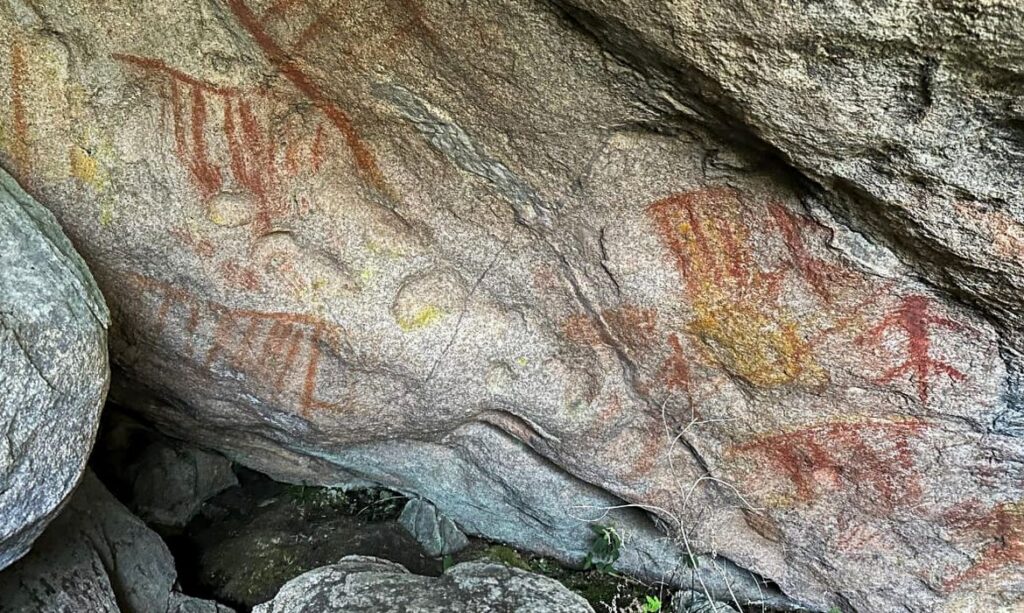
A Protected Treasure
The area surrounding the discovery has been secured to support ongoing research. Parque Tur’s press office has warned that “anyone who disregards the restrictions will face heavy fines.” Currently, there is no timeline for reopening the site to visitors, as researchers continue to evaluate the duration of their studies.
The primary focus at this stage is on preserving the site and preventing unauthorized access until the research is complete. Once the studies conclude, the site may become a significant attraction for visitors, offering a unique insight into Brazil’s ancient history.
As the research team investigates the cave paintings further, the potential for new discoveries remains high, promising to deepen our understanding of the region’s past and its former inhabitants.
Cover Image Credit: Itatiaia National Park, in Rio de Janeiro, a city that has been a hub for researchers since the Imperial era and is considered the birthplace of Brazilian archaeology – ICMBio

